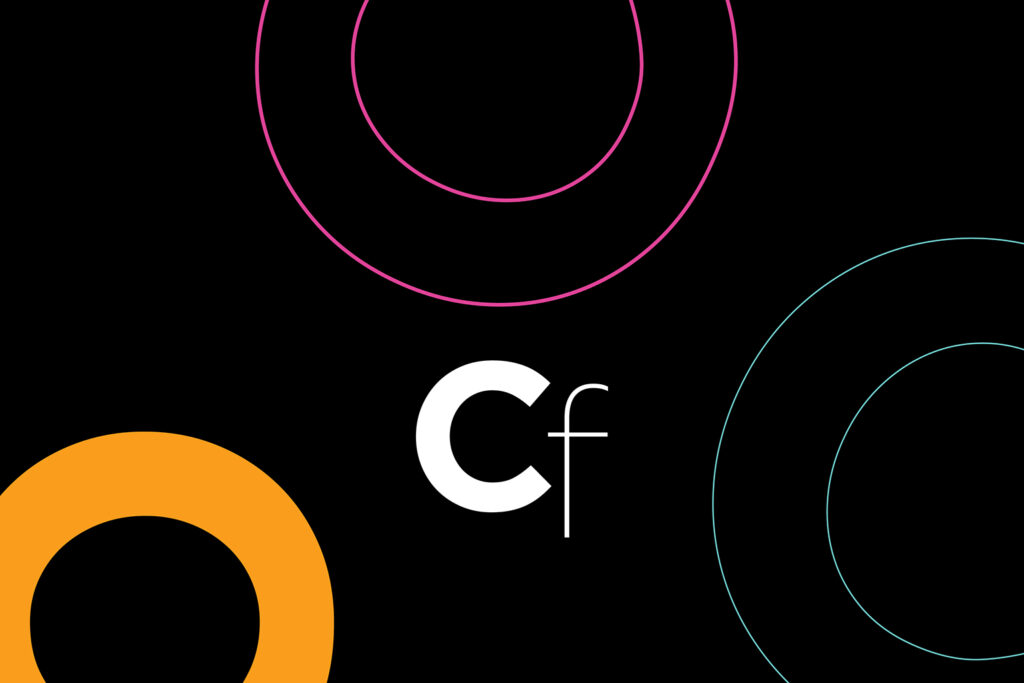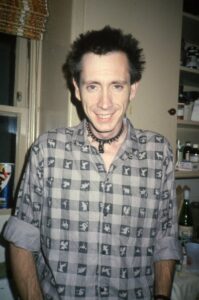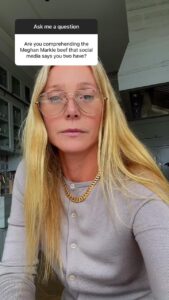Myrlande Constant Immerses Us in Opulence


Myrlande Constant’s opulent textile art can be so captivating that seeing it is almost an immersive experience. In the Haitian artist’s latest exhibition, The Spiritual World of Haiti at Fort Gansevoort gallery, “Devosyon Makaya” (2021–24), stretching nearly 12 feet across, enlivens the historic building’s small third floor. Constant’s most recent work, the sumptuous embroidery is also one of her most maximal, its crowded scene shimmering with a rainbow of beads and sequins surrounded by red tassels. Standing before it is awe-inspiring, and joyfully disorienting.
The Spiritual World of Haiti traces Constant’s career starting from the 1990s. With just 10 works accompanied by detailed texts, the show is an impressive précis of the artist’s foundations, major themes, and the barriers she’s broken.
It’s the radiance of Constant’s art — its jewel colors gleaming as sunlight catches sequins and seed beads in verdant greens, oceanic blues, and fiery reds — that first catches the eye. Her pieces are based on the traditional art form of drapo Vodou: handmade flags often embellished with beads and appliquéd fabrics. Originally made for ceremonial use (later also for commercial sale), drapo has been a largely male-dominated art in Haiti. In contrast, Constant’s early artistic training came from practicing tambour embroidery as a teenager in Port-au-Prince (often considered a feminine technique because of its association with clothing), while working alongside her mother at a wedding gown factory.

Although spirituality is central to her artworks, as the exhibition title suggests, they are made for galleries and museums — ultimately, public social environments, not the introspective spaces of spirituality. Likewise, the narratives she depicts, even those that bear directly on devotional practices, often convey the intertwining of the spirit and earthly worlds, and the social relations that bind them.
“Devosyon Makaya” depicts members of secret societies; the word “makaya” references both a secret society that may have played a part in Haiti’s independence, according to the wall text, and an annual celebration of purification and spiritual cleansing that involves leaves and plants. Dense swirls of green and gold sequins bring a sense of motion into the symmetrical composition, reflected by circles and spirals along the border and interspersed throughout. Minute glass beads form a kaleidoscopic world of figures and symbols that seem to dance with the light as Gran Mèt, the supreme God of Haitian Vodou, observes.

In “Au nom de 29 points cimetiere par pou voir Baron Samedi” (undated), convivial figures are crowded atop one another above a stratum of crosses, skulls, and other symbols of death near the bottom of the image. Dressed in purple, black, and white, the colors of the Gede spirits associated with fertility and death in Voudou, the figures are celebrating Fèt Gede, the festival of the dead, and honoring Baron Samedi, guardian of cemeteries. Again, Constant combines spirituality and sociality into a portrait of revelry.
Other works expand beyond traditional drapo Vodou subject matter by exploring Haiti’s history and politics, as in the frontal portrait “Jean-Jacques Dessalines” (c. 2017), which portrays the leader of the Haitian revolution (1791–1804) and the first leader of a free Haiti. And in pieces such as “Marinette Bois Chèche” (c. 1990s) — a sparse white scene that pays tribute to the martyred Voudou priestess Marinette — Constant centers feminist perspectives.
The past few years have seen a burst of long-deserved art world attention for Constant: Among other exhibitions, the University of California Los Angeles’s Fowler Museum mounted a career survey in 2023, and she was featured in the 2022 Venice Biennale. Rather than relocating somewhere more embedded in the artworld circuit, she continues to live and work in Haiti, amid severe social and political instability. In other words, each piece bespeaks not just her artistic skill and vision, but also a resolve to create in the face of adversity that is crucial for us all right now.




Myrlande Constant: The Spiritual World of Haiti continues at Fort Gansevoort (5 Ninth Avenue, Meatpacking District, Manhattan) through April 26. The exhibition was organized by the gallery.






